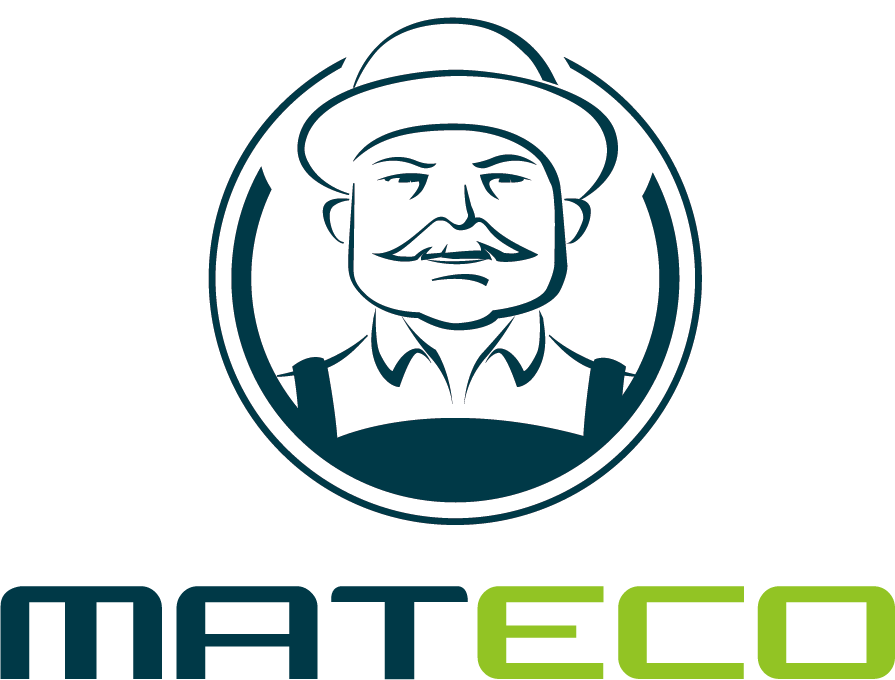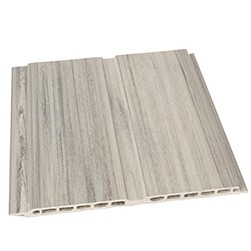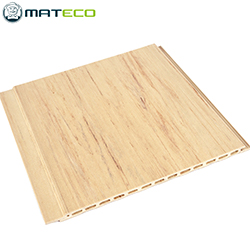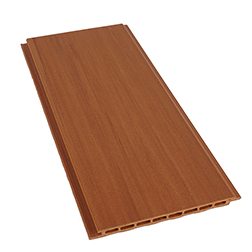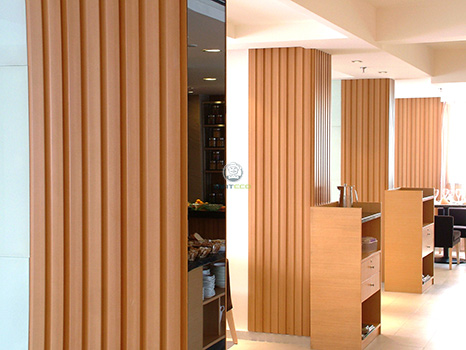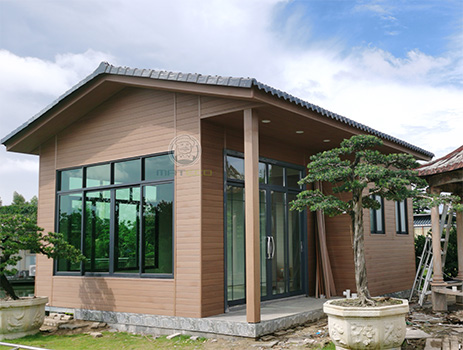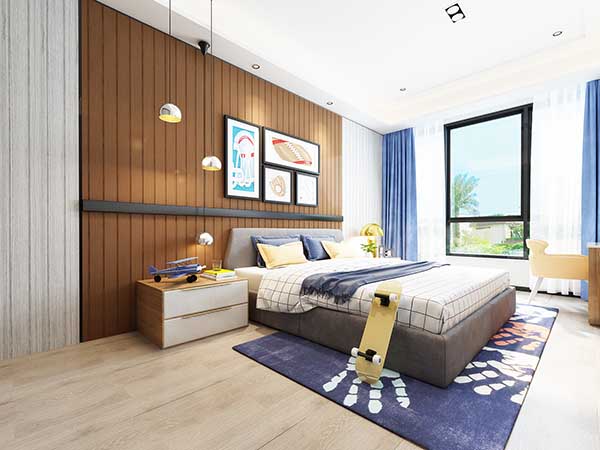Advantages and Disadvantages of WPC Boards
WPC boards have emerged as a preferred alternative to traditional wood and plywood in recent years. These boards, commonly referred to as WPC, ingeniously blend the strength of wood with the durability of plastics. As the construction industry seeks more sustainable and eco-friendly solutions, WPC presents a promising option. Not only do they provide resistance to moisture and termites, but their longer lifespan also reduces the need for frequent replacements. With a combination of recyclable materials and the potential for lesser deforestation, WPC represents an innovative step forward in sustainable building materials.
MATECO WPC cladding Q147
MATECO WPC siding Q140
MATECO WPC cladding Q110
WPC boards offer a plethora of benefits that make them stand out in the construction and design industry. Here are some detailed advantages of WPC boards:
1. Durability: WPC boards are resistant to rot, decay, and termites. Their inherent properties make them last longer than traditional wood, ensuring longevity and value for money.
2. Moisture Resistance: Unlike natural wood that tends to absorb moisture, leading to warping or rotting, WPC boards have a non-porous nature, making them ideal for damp or humid conditions.
3. Eco-friendly: WPC are often made from recycled plastic and wood by-products, making them a sustainable choice. Their production reduces the reliance on virgin timber, aiding in conserving forests.
4. Low Maintenance: WPC boards do not require frequent polishing or painting. A simple wash or wipe can keep them looking new. This makes them a cost-effective option in the long run.
5. Versatility: Available in a range of colors, textures, and finishes, WPC boards can mimic the aesthetics of natural wood, making them suitable for a variety of applications, from decking to wall cladding and even furniture.
6. Thermal and Sound Insulation: Their composite nature gives WPC boards the advantage of being good insulators, providing a comfortable environment indoors.
7. Anti-Ultraviolet (UV) Properties: MATECO WPC outdoor wall panels adopt second-generation co-extrusion technology, and our wall panels have excellent outdoor UV protection performance. Benefiting from our self-developed co-extrusion coating, the color and appearance of the cladding are preserved, ensuring it retains its original appearance over a longer period of time.
8. Safe from Harmful Chemicals: Most WPC boards are free from formaldehyde and other toxic chemicals, making them safe for indoor applications.
9. Fire-Resistant: MATECO WPC is treated to be fire-resistant, adding an extra layer of safety, especially in applications where fire safety is paramount.
Integration: WPC panels can be easily integrated with various wall-mounted devices, such as wall-mounted TVs and indoor fixed LED displays.
Disadvantages of WPC Boards:
Wood Plastic Composite (WPC) boards, while versatile and durable, come with some drawbacks. Firstly, their initial cost tends to be higher than traditional wood or certain types of plywood. Additionally, Some WPC boards are not completely stain-proof, although WPC are more stain-resistant than natural wood, they can still be stained by some substances, and certain tough stains might be challenging to remove.
WPC Boards Applications & Uses:
WPC boards have found extensive application in various aspects of interior design and construction. From the heart of modular kitchens to the stylish paneling of walls, from sleek wardrobes to sturdy window and door frames, and from bathroom vanities to office furnishings, their presence is prominent. Their inherent moisture-resistant properties make them the go-to choice for areas where humidity levels are high. Come rain, shine, or cold, WPC boards have proven their resilience, being well-adapted to diverse climatic conditions. This adaptability ensures longevity and maintains the aesthetic appeal of the space they're used in, irrespective of the season.
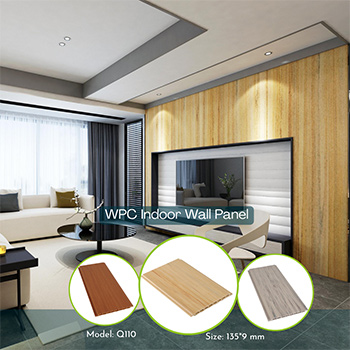
WPC wood panels for living room
What is the lifespan of a WPC board?
The lifespan of a Wood Plastic Composite (WPC) board can vary based on factors such as the quality of the materials used, manufacturing processes, installation techniques, usage conditions, and maintenance practices. Generally speaking, high-quality WPC boards can last anywhere from 25 to 30 years or even longer with proper care and maintenance. MATECO WPC boards have up to 20-year warranty.
Factors affecting the lifespan include:
1. Maintenance: Regular cleaning and occasional sealing can prolong the life of WPC boards.
2. Usage Conditions: WPC used in high-traffic areas or under heavy loads might wear out faster.
3. Environmental Factors: In areas with extreme weather conditions, the lifespan might be slightly reduced.
It's worth noting that while WPC boards are more durable and resistant to elements like moisture and termites compared to traditional wood, they are not entirely immune to wear and tear. Proper installation and routine care can significantly impact their longevity.
Conclusion:
WPC materials stand out for their remarkable durability and a plethora of benefits. As an innovative alternative, WPC boards not only reduce deforestation but also minimize waste typically associated with traditional building supplies. They represent a forward-thinking approach to sustainability within the construction industry.
As a leading WPC wall cladding manufacturer, MATECO WPC cater to a diverse clientele, offering a comprehensive range of WPC boards tailored for both commercial and residential applications.
